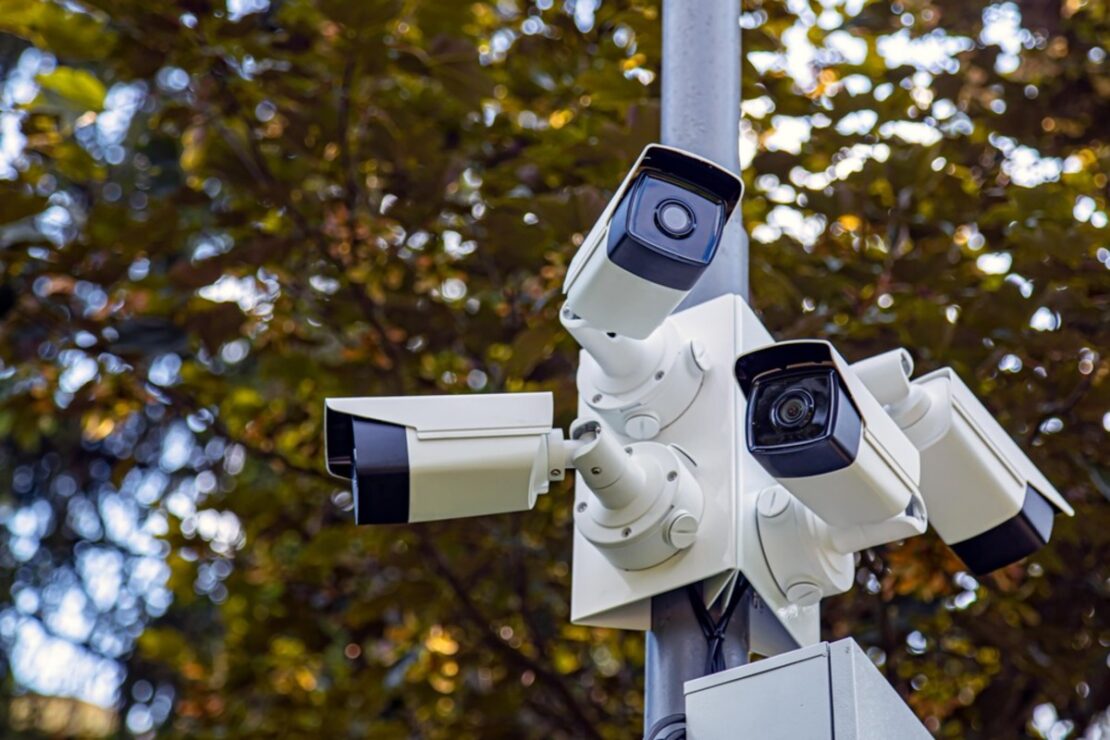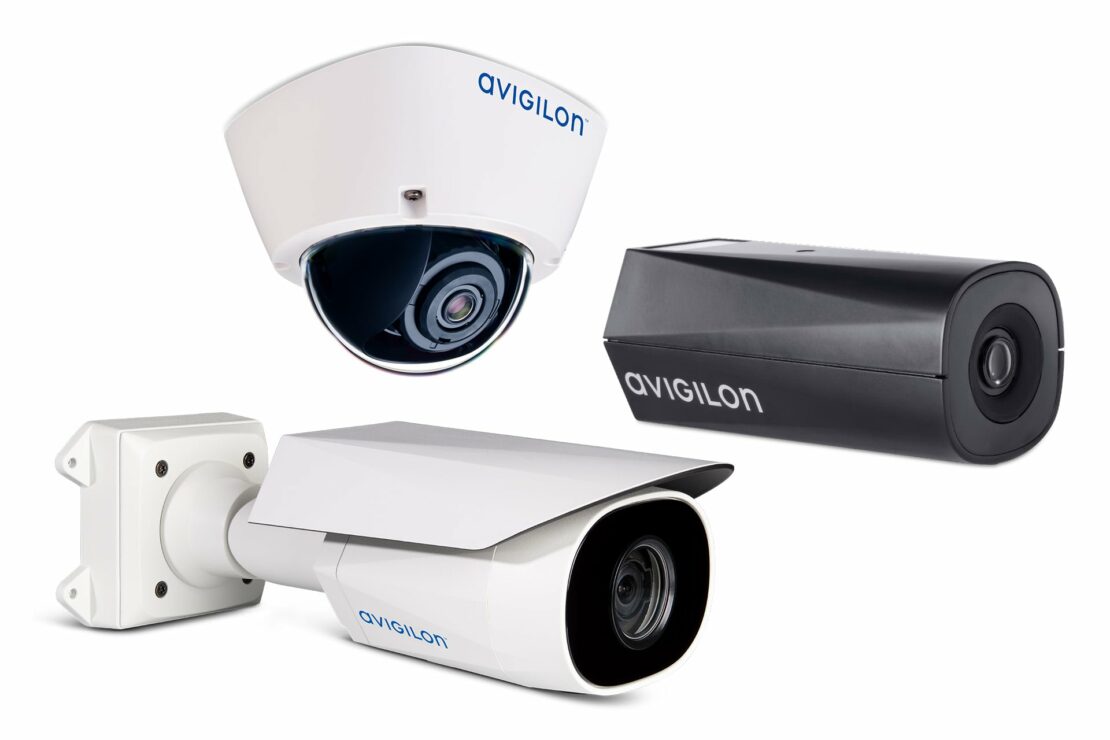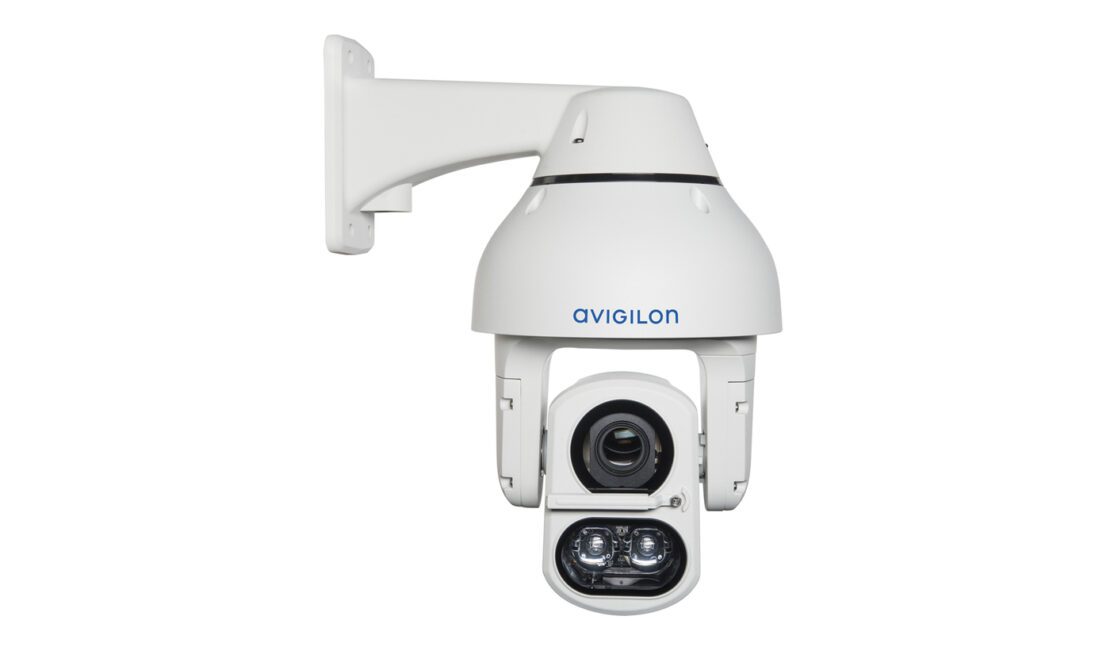
Welcome to our guide to PTZ cameras. Pan, tilt and zoom (PTZ) cameras are the perfect security solution for businesses that need to manage threats in real-time, and at range. Furthermore, you can review footage retrospectively with complete clarity, thanks to their zoom capabilities.
These advanced surveillance cameras defy their fixed position limitations to capture a wide area of footage from diverse angles. This makes them some of the best surveillance cameras you can have installed to protect a site or commercial premises.
This article looks at the various types of PTZ cameras, their benefits, and how they work.
Table of contents
What are PTZ cameras?
In the first two sections of this guide to PTZ cameras, we offer a quick overview of what they are, and how they work.
PTZ surveillance cameras have mechanical components that allow them to swivel, tilt and zoom in and out of an area. Zooming in on and tracking intruders, or objects is easy for onsite or offsite security operatives.
These cameras are ideal for wide open spaces where you need a 180- or 360-degree view. At their basic application, PTZ cameras will be controlled by security personnel who can zoom in on a subject or section, track movements, or watch several related events.
Some are automated and controlled remotely, while others have advanced motion-tracking capabilities.
Simply put, PTZ cameras offer unparalleled levels of scrutiny.
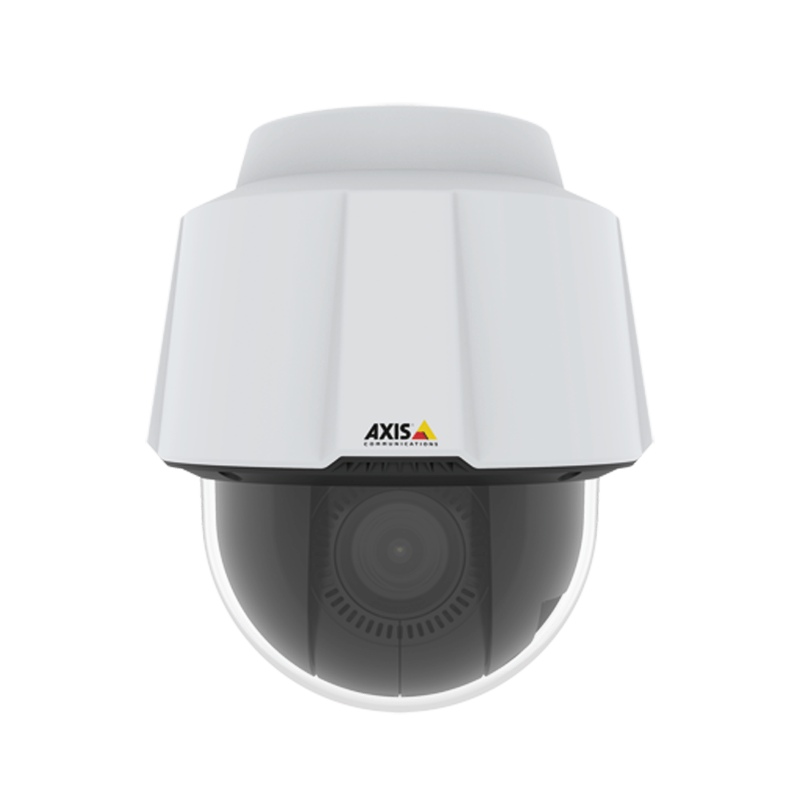
How do PTZ cameras work?
PTZ cameras work by allowing you a dynamic viewing experience. Although they remain in one position, they can capture more than the default area.
These surveillance cameras zoom out to take in virtually the whole scene or can zoom in on one particular event. Such dynamism is ideal for security personnel when closely monitoring suspicious activity.
Additionally, their panning and tilting capabilities make it easier to track a subject. If you intergrate the CCTV system with audio intervention, security operatives can communicate with the intruder, or suspicious individuals.
Not only does this offer a massive security benefit, it minimises the risk of security guards encountering and dealing with dangerous situations.
Where are they best deployed?
This type of CCTV camera is ideal in commercial settings with significant operations, assets and people to protect.
Typically, this includes:
- Warehouses
- Logistics centres
- Construction sites
- Airports and railway stations
- Schools
- Commercial carparks
- Industrial sites
- Solar farms
Security is key for these types of businesses. A well-designed CCTV system comprising of multiple camera types is vital to protect sites, assets and operations.
Related links
Looking for a PTZ camera to protect your commercial premises? Here are a selection of links to a range of PTZ cameras from leading CCTV brands:
In the next section of this guide to PTZ cameras, we offer insights into the different types on offer.
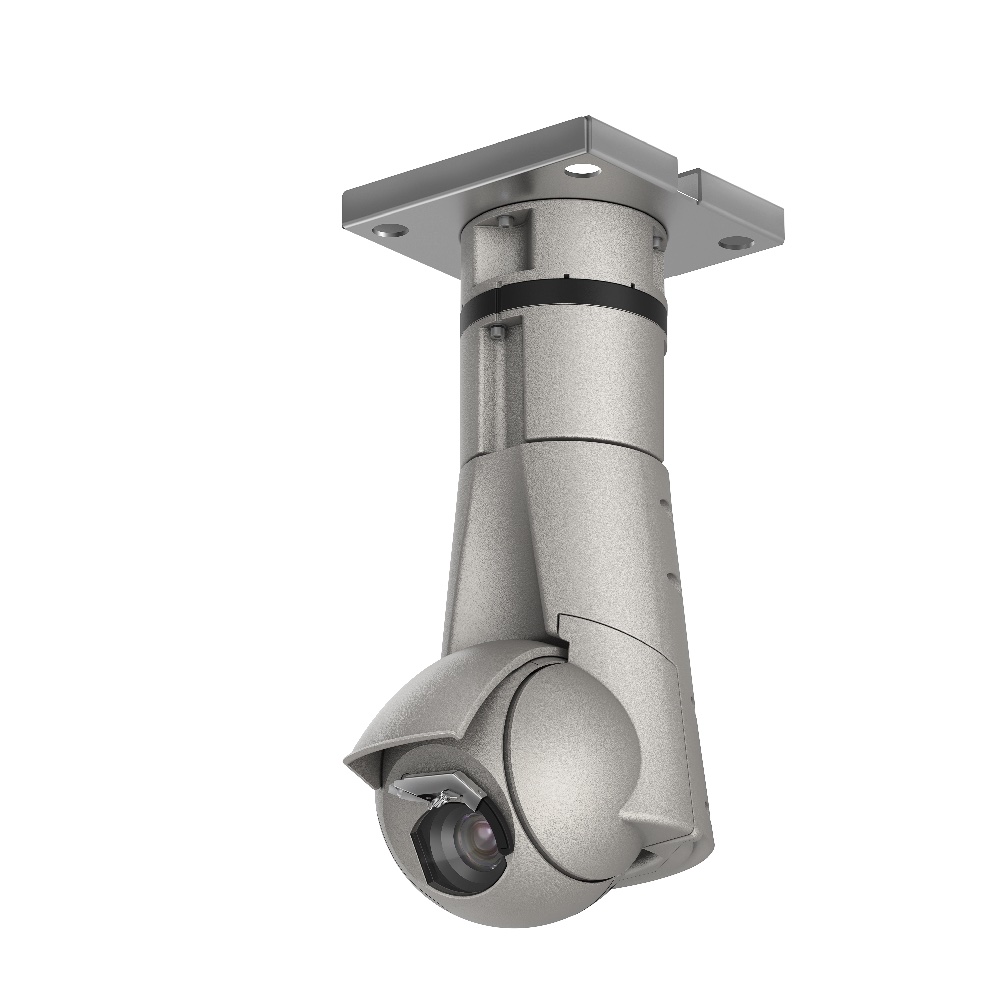
What are the different types?
The different types of PTZ cameras are vast. To summarise, they are:
- Outdoor
- Wireless
- IP & network
- PoE
- Analog
- Thermal
Outdoor PTZ cameras
Outdoor PTZ cameras are capable of withstanding harsh environments. Most have tough and durable exterior shells that offer dust, rain, and snow protection.
You will often find these cameras at sites such as:
- Warehouses
- Factories
- Logistics centres
- Solar farms
- Prisons
Wireless PTZ cameras
Wireless PTZ cameras are designed to wirelessly transmit footage and data over long distances.
These surveillance cameras should only be deployed where connectivity is robust, and reliable.
IP & network PTZ cameras
IP & network PTZ cameras are installed and connected to a business’s IP infrastructure.
Captured footage is also transmitted wirelessly for more diverse viewing and storage solutions.
This is a perfect solution where IT teams require all surveillance, computer, and data systems managed with one seamless network.
PoE PTZ cameras
For clarity, PoE is the same as network and IP.
Power-over-Ethernet PTZ cameras use one connection for power and transmission of the footage via an Ethernet cable.
Analog PTZ cameras
Analog PTZ cameras are another wired option where the footage is stored on a DVR (digital video recorder) system.
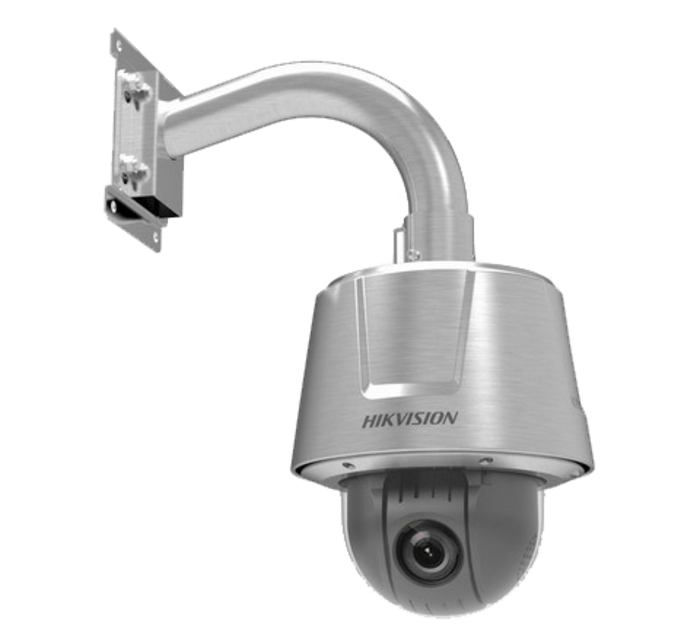
What are the benefits?
In the final section of this guide to PTZ surveillance cameras, we look at the benefits and advantages.
PTZ cameras offer a host of benefits and advantages. Let’s take a look at the key ones on offer.
To summarise, they are:
- A large field of view
- Motion tracking
- Programmable scanning
- Remote control
- Zooming
Let’s take a look at each.
A large field of view
A PTZ camera can switch between a fixed viewing angle to a 360-degree pan or a 180-degree tilt, allowing you to take in more of the scene. Few other surveillance cameras can match it in this regard.
Motion tracking
Sophisticated PTZ cameras can be programmed to track movements on the scene, thus improving your surveillance capabilities considerably.
Programmable scanning
You can program the camera to zoom in, out, pan, tilt, and capture a wide scene at different times of the day or night.
Remote control
Your security personnel can control PTZ CCTV cameras remotely when necessary.
For example, you can monitor the entry of a suspcious person at the site remotley, allowing you to track them without raising suspicion.
You can then deal with this threat appropriately.
Zooming
Zooming in or out of a scene at different angles is an effective way to gather more information on a subject or event on-site.
Garnering this information in real-time can help security operative to take the appropriate action.
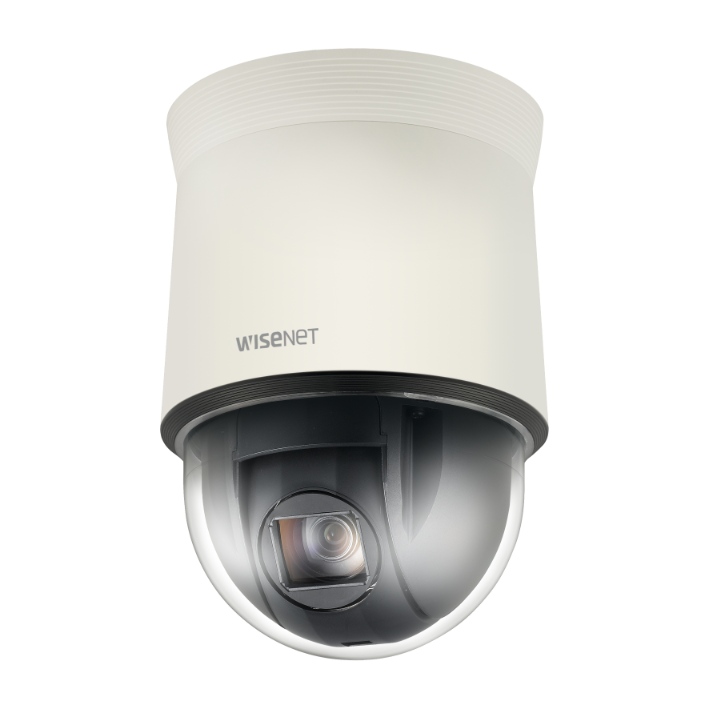
Article Summary
In short, few other surveillance cameras match the versatility, reliability, and capabilities of PTZ surveillance cameras.
They perform surveillance independently and pair well with other cameras for a more comprehensive surveillance package.
If you are considering your camera options, head over to our page dedicated to commercial CCTV cameras.
